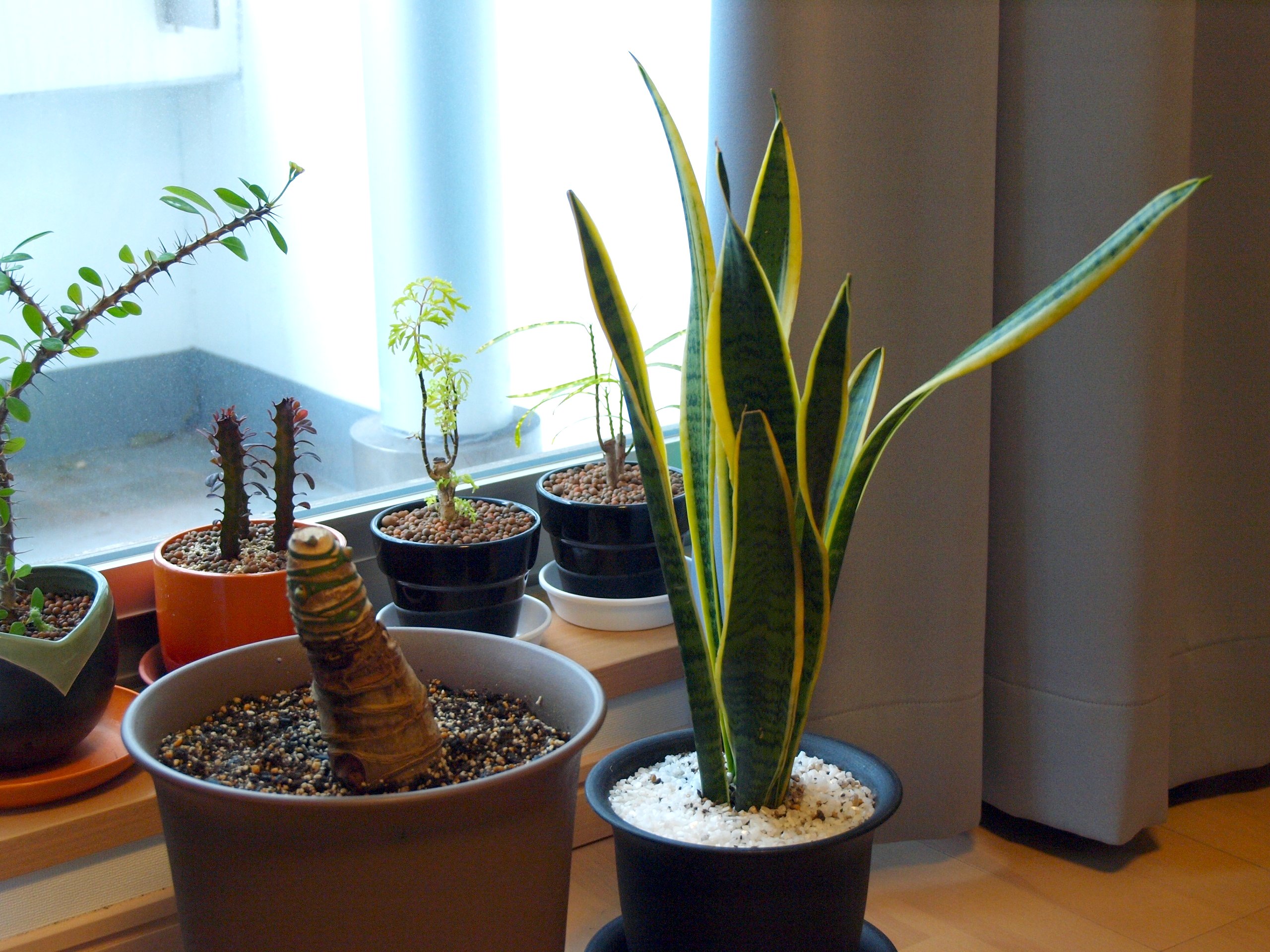Office workers found to be chronically deficient in vitamin D due to too much time indoors
07/03/2017 / By Isabelle Z.

Now that summer is well and truly here, we are all getting plenty of sun, right? If you work in an office, the answer is probably no, and it’s a far bigger deal than you might think.
A recent study from Alberta University in Canada revealed that 91 percent of office workers are not getting enough vitamin D, with more than 75 percent having a deficiency. Indoor workers, like IT workers and secretaries, can spend eight hours or more inside each day. Moreover, those who work conventional hours tend to only have their mornings and evenings free for getting sun, and sunlight is comparatively low at these times.
On the other hand, less than half of people who work outdoors have vitamin D deficiencies. This applies to people who work in construction and gardening, for example.
Why do you need Vitamin D?
Vitamin D has been found to decrease your risk of many illnesses. For example, a study published in the Journal of the American Medical Association showed that women who took higher levels of Vitamin D had a lower risk of cancer, while a study at the Spanish National Cancer Research Centre found a higher risk of bladder cancer and muscle-invasive tumors in patients who had lower levels of Vitamin D.
Meanwhile, a study from the University of California, San Diego revealed that women whose vitamin D levels were 40ng/ml or higher had a 67 percent lower risk of developing cancer than women whose levels were 20 ng/ml or below. It has also been linked to metabolic syndrome, a precursor to heart problems and diabetes.
How can you get Vitamin D if you work in an office job?
The sun is the best way to help your body get the Vitamin D it needs, hands down, so try to spend any breaks you are given outdoors in a sunny area if possible. Just keep in mind that wearing sunscreen of SPF 30 will reduce your body’s ability to produce Vitamin D by up to 99 percent.
The amount of sun you need will vary depending on your skin tone and other factors, but generally speaking, those with light skin need around 15 minutes in the sun each day, medium-skinned people need 25 minutes, and those with darker skin should plan to be outdoors for around 40 minutes to reap the benefits.
If it is not possible to spend your work breaks outdoors, have you considered getting to work by walking or cycling? If that’s not feasible, consider getting off the bus a stop or two early or parking a few blocks away if you start or leave while the sun is still out so you can work some sun exposure and exercise into your day at the same time!
You might also consider asking your boss if it’s possible to do some of your work outside. For example, if you have a stack of paperwork to read, ask if you can bring it outdoors to work on. If you’re a teacher, bring your class to the playground for reading time when the weather is nice. If your boss is not supportive, consider switching jobs. More and more employers are placing a premium on healthy lifestyles by offering their workers outdoor work spaces, gyms, yoga classes, gardens, and other ways to enhance their well-being.
Some people take Vitamin D supplements, and this might be one of your only options depending on where you live and where you work. However, heavy metal contamination is a concern, so be sure to choose your sources carefully. In addition, keep in mind that more is not necessarily better. For all of its many health benefits, there is such a thing as too much Vitamin D.
You might also consider dietary sources like salmon, trout, mackerel, tuna, herring, sole, and flounder. Organic Maitake, shiitake, morel and chanterelle mushrooms can give you some Vitamin D, but it is difficult to get all of this nutrient that you need through diet alone. You’ll find more news coverage about vitamin D at VitaminD.news.
Sources:
Tagged Under: office workers, sunlight, vitamin D, vitamin D deficiency




















